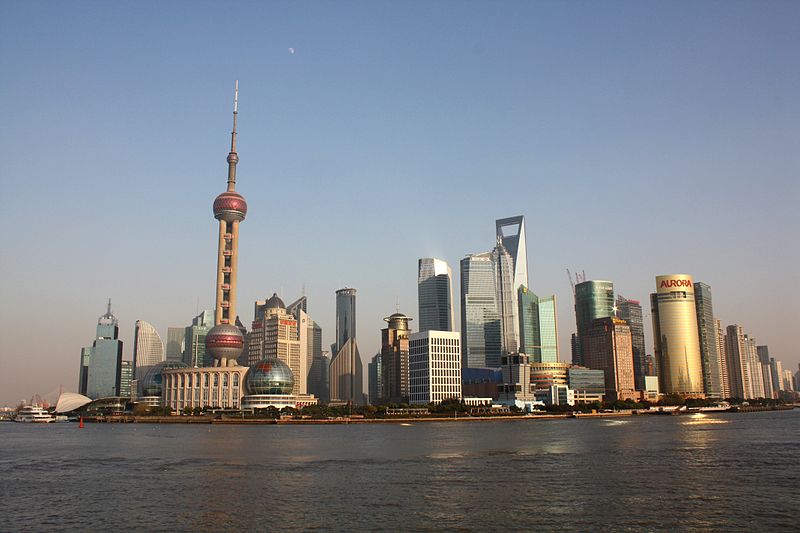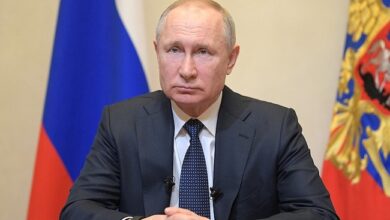
By Jim O‘Neill
What does Britain’s decision to join the Asian Infrastructure Investment Bank reveal?
When the United Kingdom announced earlier this month that it had agreed to become a founding member of the China-led Asian Infrastructure Investment Bank (AIIB), most of the headlines focused not on the news itself, but on the friction the decision had caused between the UK and the United States.
The White House issued a statement urging the British government to “use its voice to push for adoption of high standards.” And one senior US administration official was quoted accusing the UK of “constant accommodation of China, which is not the best way to engage a rising power.” In fact, it is the US that is advocating the wrong approach.
In the UK, the diplomatic spat served as an occasion for the British press to air criticism from those who believe that the government should adopt a stronger stance on China. For example, they say that the government should have spoken out more forcefully in support of last year’s pro-democracy protests in Hong Kong, and that it should not have distanced itself from the Dalai Lama (as it seems to have done) during Prime Minister David Cameron’s visit to China in 2013.
Tweet ThisThe UK does need to stand up for itself, but there is no reason for it to become confrontational about internal Chinese matters. The UK does need to stand up for itself, but there is no reason for it to become confrontational about internal Chinese matters – especially in the case of Hong Kong, where it lost its standing when it agreed to return the city to Chinese control in 1997.
The US, too, would be wise to stop resisting the fact that the world is changing. The US Congress has yet to ratify a 2010 agreement providing China and other large emerging economies greater voting power in the World Bank and the International Monetary Fund. In the meantime, the agreement has become obsolete; China’s economy has nearly doubled in size since the deal was struck.
America’s reluctance – and that of France, Germany, and Italy – to give the emerging powers an appropriate voice in the established international financial institutions is counterproductive. It drives the creation of new parallel institutions such as the AIIB and the New Development Bank, founded in 2014 by the BRICS countries (Brazil, Russia, India, China, and South Africa).
In the coming days, I will be visiting China in my role as Chair of the British government’s Review on Antimicrobial Resistance, and also as a participant in the Boao Forum for Asia, an event similar to the annual gathering of the World Economic Forum in Davos. I hope to encourage Chinese policymakers to make the fight against antimicrobial resistance a priority when China chairs the G-20 in 2016. And though I am not the British ambassador, I will be happy to state my belief that the UK government was wise to join the AIIB, and that the US administration, in voicing its opposition, was not.
Tweet ThisChina’s $10 trillion economy is bigger than those of France, Germany, and Italy combined.
China’s $10 trillion economy is bigger than those of France, Germany, and Italy combined. Even if its annual output growth slows to 7%, the country will add some $700 billion to global GDP this year. Japan would have to grow at something like 14% to have that type of impact on the world.
For anyone who wants to engage in global trade, it is thus vital to identify what China wants. In the case of the UK, this obviously includes finance (as well as sports, music, fashion, and perhaps health care). The UK is simply being smart when it promotes its own interests by cooperating with China.
One of the few positive consequences of the 2008 financial crisis was the elevation of the G-20’s global role; in principle, it is a far more representative forum for international leadership than the G-7 ever was. There is, however, a downside to the G-20’s emergence: the large number of participants can make it difficult to reach agreements and get things done.
More on the same topic: The twenty-first century needs a better G20 and a new G7+
A new G-7 needs to be created within the G-20, thereby providing China with a degree of influence that reflects its economic weight and requires it to assume a commensurate proportion of global responsibility. Space at the table for China could be obtained if the eurozone countries, signaling their commitment to the common currency, agreed to surrender their individual seats in exchange for one representing the entire monetary union. The US, too, would finally have to accept China’s heightened global role.
Later this year, the IMF will recalibrate the weights in its unit of account, the so-called Special Drawing Rights, which comprises a basket of currencies that currently includes the US dollar, the euro, the British pound, and the Japanese yen. According to almost every economic and financial criterion, the SDR basket should now include China’s renminbi. The US would be wise to not oppose such a move. Otherwise, it would risk accelerating the decline of the established international financial institutions.
Tweet ThisBy founding the AIIB and the New Development Bank, China and other emerging powers have signaled that they will not wait for their voices to be better heard.
Similarly, the US Congress should ratify the agreed changes to the governance of the IMF and the World Bank. By founding the AIIB and the New Development Bank, China and other emerging powers have signaled that they will not wait for their voices to be better heard. And decisions like that of the UK – and France, Germany, and Italy – show that they are not alone.
Jim O’Neill is a Visiting Research Fellow to Bruegel since September 2013. He plans to conduct research on aspects of changing global trade, global governance, and measuring better and targeting higher sustainable economic growth.




